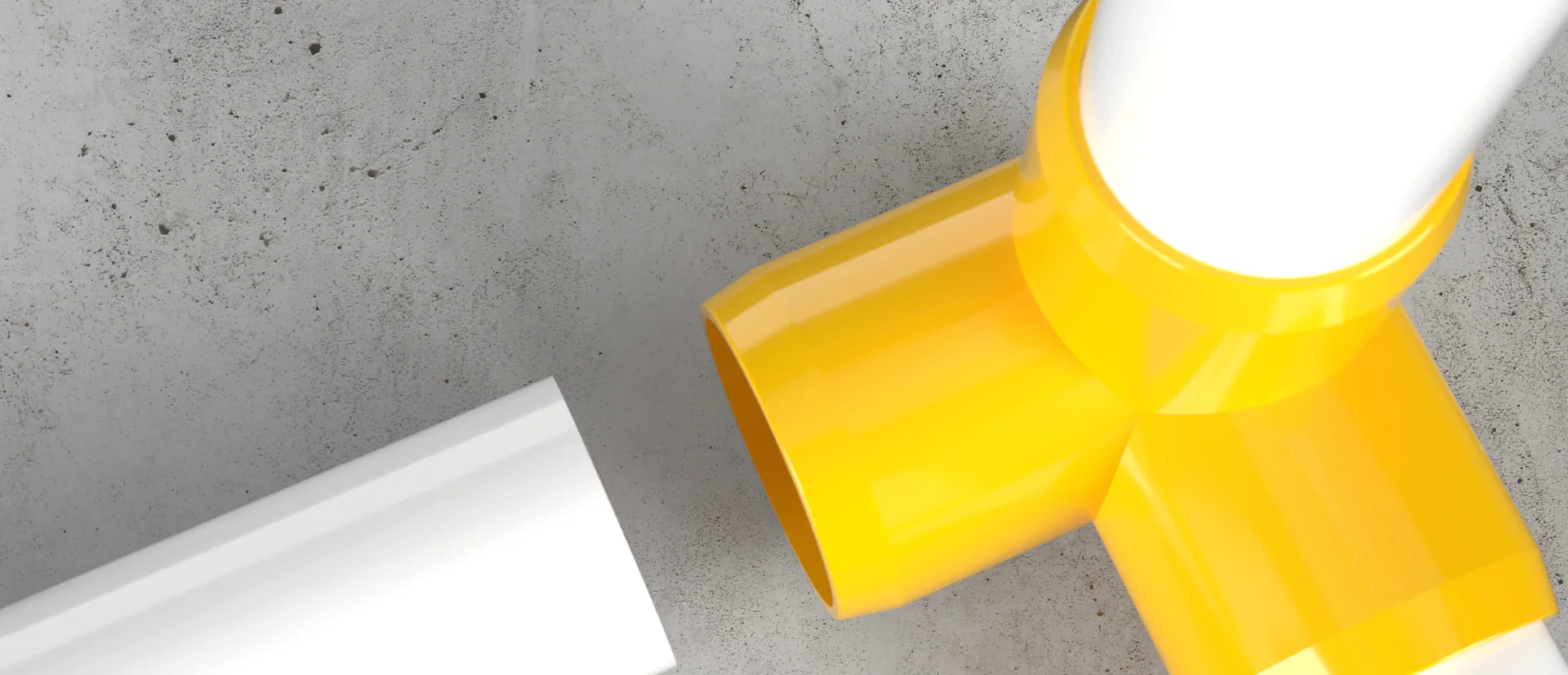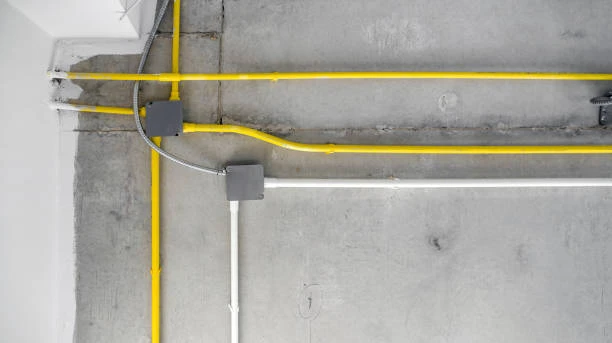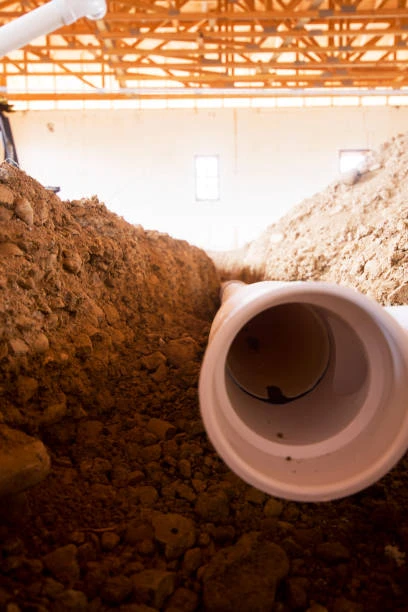1. What is PVC?
Before diving into the specifics of AS/NZS 1477 PVC Pipe and fittings, let’s clarify what PVC is. PVC is a type of plastic made from the polymerization of vinyl chloride. It’s lightweight, strong, and resistant to corrosion, making it ideal for a wide range of applications.
1.1 Characteristics of PVC
- Durability: PVC pipes can last for decades without deteriorating.
- Lightweight: Easier to transport and install than metal pipes.
- Chemical Resistance: They are resistant to many chemicals, making them suitable for various environments.
2. Types of AS/NZS 1477 PVC Pipes
2.1 PVC Pressure Pipes
These pipes are designed to handle pressurized water systems. They are typically used in:
- Potable Water Supply: Safe for drinking water.
- Irrigation Systems: Effective for agricultural applications.
2.2 PVC DWV Pipes
DWV stands for Drain, Waste, and Vent. These pipes are essential for:
- Wastewater Removal: Carrying sewage and wastewater away from buildings.
- Venting: Allowing air to enter the plumbing system to prevent vacuum.
2.3 Schedule 40 and Schedule 80 PVC Pipes
These classifications refer to the thickness of the pipe walls:
- Schedule 40: Commonly used in residential applications, handling moderate pressure.
- Schedule 80: Thicker walls provide greater strength for high-pressure applications, often used in industrial settings.
3. PVC Fittings: An Overview
Fittings are crucial components that connect various lengths of pipe. They come in different shapes and sizes to accommodate various plumbing needs.
3.1 Types of AS/NZS 1477 PVC Fittings
- Elbows: Used to change the direction of the pipe.
- Tees: Allow for branching in two directions.
- Couplings: Connect two sections of pipe together.
- Adapters: Allow for transitions between different types of piping materials.
3.2 Importance of Proper Fittings
Using the right fittings ensures a secure and leak-free connection. Poorly fitted joints can lead to leaks, which can be costly to repair.
4. Benefits of AS/NZS 1477 PVC Pipes and Fittings
4.1 Cost-Effectiveness
PVC pipes and fittings are generally less expensive than metal alternatives. This affordability makes them a popular choice for both DIY enthusiasts and professionals.
4.2 Easy Installation
PVC is lightweight and easy to handle, which simplifies the installation process. Many DIYers choose PVC for home plumbing projects because they can work with it without needing extensive experience.
4.3 Resistance to Corrosion
Unlike metal pipes, PVC does not rust or corrode, which extends its lifespan and reduces maintenance costs.

5. Common Applications of AS/NZS 1477 PVC Pipes and Fittings
5.1 Residential Plumbing
In homes, PVC pipes are commonly used for:
- Water Supply Lines: Delivering water to faucets and fixtures.
- Drainage Systems: Efficiently carrying wastewater away.
5.2 Industrial Applications
Industries often rely on PVC for:
- Chemical Processing: Due to its resistance to various chemicals.
- Waste Management: For transporting wastewater safely.
5.3 Irrigation Systems
Farmers use PVC pipes in irrigation for:
- Drip Irrigation: Delivering water directly to plant roots efficiently.
- Sprinkler Systems: Ensuring even water distribution over large areas.
6. How to Install AS/NZS 1477 PVC Pipes and Fittings
6.1 Gather Your Tools
Before you start, make sure you have the right tools:
- PVC Cutter: For cutting pipes to the desired length.
- Measuring Tape: To ensure accurate measurements.
- Solvent Cement: For joining pipes and fittings securely.
6.2 Steps for Installation
- Measure and Cut: Determine the lengths needed and cut the PVC pipes accordingly.
- Clean the Edges: Remove any burrs or rough edges to ensure a good fit.
- Apply Primer and Cement: Apply PVC primer and solvent cement to both the pipe and fitting before joining them.
- Hold in Place: Press and hold the joint for a few seconds to secure the bond.
7. Maintenance of AS/NZS 1477 PVC Pipe
7.1 Regular Inspections
Check for signs of wear or damage periodically, especially at joints.
7.2 Cleaning Blockages
Use a mixture of vinegar and baking soda to clear minor blockages, or a plumbing snake for more stubborn clogs.
8. Common Issues with AS/NZS 1477 PVC Pipe
8.1 Cracking
Extreme temperature changes can lead to cracking. It’s essential to insulate pipes in areas prone to freezing temperatures.
8.2 Joint Leaks
Improper installation can cause leaks at joints. Always ensure proper cementing techniques are followed.
9. Environmental Considerations
While PVC is recyclable, the production process does involve chemicals that can be harmful. It’s important to consider the lifecycle of PVC products when making decisions about their use.
10. Conclusion
In conclusion, AS/NZS 1477 PVC Pipes and fittings are essential components in modern plumbing and construction. Their affordability, durability, and ease of installation make them a favorite among both professionals and DIY enthusiasts. Understanding the different types and applications can help you make informed choices for your projects.
FAQs
1. Can PVC pipes be used for hot water?
Yes, but be sure to check the specifications. Some PVC pipes are rated for hot water applications.
2. How long do PVC pipes last?
With proper installation and care, PVC pipes can last over 50 years.
3. Are PVC fittings compatible with other Pipe materials?
Some fittings are designed to adapt to other materials, but always check compatibility.
4. How do I fix a leak in PVC pipes?
Use PVC solvent cement to re-seal joints, or replace the damaged section if necessary.
5. Can I use PVC pipes underground?
Yes, but ensure you use the appropriate type rated for underground installation to prevent damage.


















